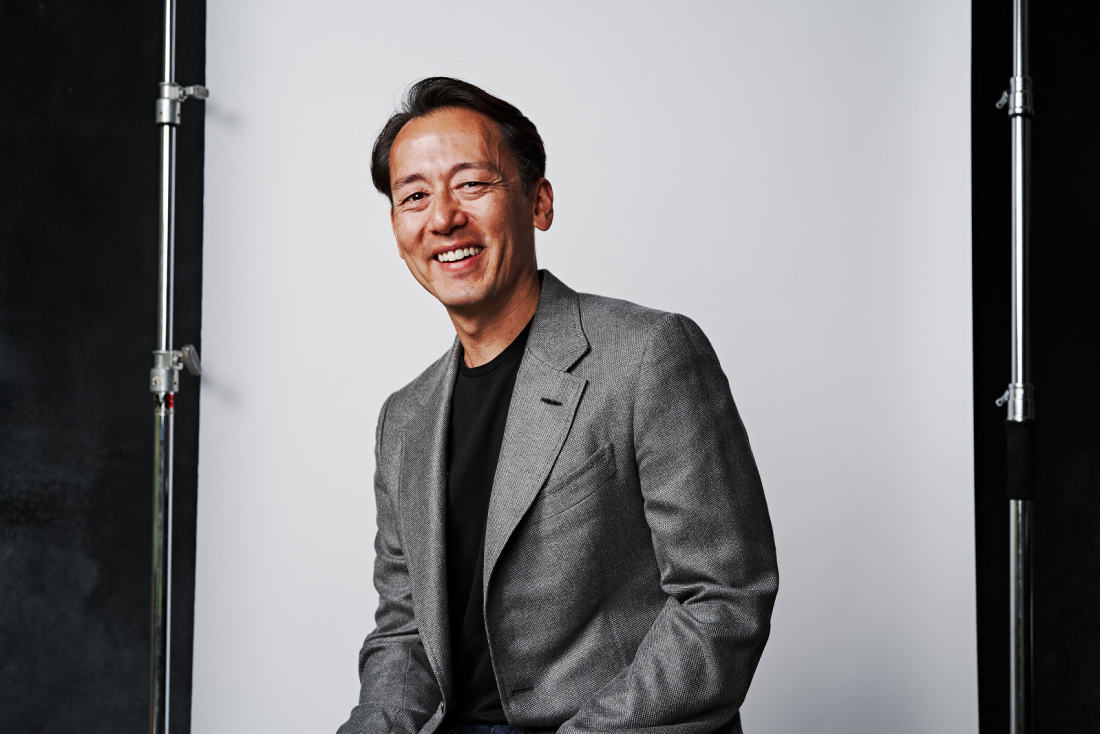The post The Minimalist Entrepreneur with Sahil Lavingia appeared first on Square One.
]]>Podcast Shownotes
Breaking into Tech
Singapore-born Sahil Lavingia, got his first taste of building something from nothing when he was introduced to Photoshop at 14 years old and started to learn how to code at the age of 15. He kept coming across websites and mobile apps that he didn’t enjoy using, so he decided to build his own. Sahil would share his app creations with a running list of blogs and popular tech startup forums such as HackerNews, in hopes of gaining some traction. Some people would share his products with their readers, and Sahil, just a kid in Singapore, would sell his apps for a few thousand dollars. By age 15, Sahil created over 20 mobile apps and made more than $100,000. Sahil decided to attend the University of Southern California (USC) when his talents caught the eye of an up-and-coming startup called Pintrest. After just 4-Months into college at USC he was recruited to join Pinterest as their first designer and second engineer hired when the popular bookmarking tool only had 5,000 users.

The Road To Entrepreneurship
Sahil left Pinterest at the peak of its growth to start his own startup Gumroad, a marketplace for creators to buy and sell digital goods. He was confident in his idea from the start and knew that it was a risk, but with his technical skills to support himself, he went for it. He raised $1M and focused on scaling Gumroad so that the company’s numbers would remain in line with his asks of VCs – ‘build a billion-dollar company.’ The pressures that came with being a venture-backed startup striving to reach unicorn status of a billion-dollar valuation started to pile on when his investors thought Gumroad wasn’t growing fast enough.
After “failing” to build a billon-dollar company and having to layoff a bulk of his staff in 2015, Sahil looked at his bottom line and noticed that Gumroad was actually profitable! That moment ignited a shift in Sahil’s perspective of what means to run a ‘successful’ business. He realized that by unbinding himself from other people’s expectations and perceptions of what success is he’d be able create his own version of success by slowly growing a profitable startup on his own terms and time.

The Minimalist Entrepreneur
Sahil believes the ideal entrepreneur is someone who doesn’t let their business control or define them. A healthy, sustainable attitude towards entrepreneurship is what Sahil aims to provide through his latest published book, The Minimalist Entrepreneur. Here are a few key takeaways from the book:
- Focus on sustainable growth over raising capital
- Figure out how to add value to your customers in the most simplistic way
- Don’t let your business be your identity as a person. Define what success and happiness means to you
- The Manual Viable Process: What’s one small step that you can take today? Instead of jumping to building a business, think like a creator – lower the barrier of beginning the process for yourself and over time, a completed product (or learned experiment) will be produced. Over time continue improving or automating each aspect until you have a product.
Reflections On The Journey
Success is truly in the eye of the beholder. At the beginning of an entrepreneur’s journey, you want to spend your time making money but once you make the money, you want to spend it making time to do things that fulfill you in life.
The Minimalist Entrepreneur with Sahil Lavingia
Watch and listen to the latest episode of Back to the Basics with Justin McLeod – “The Minimalist Entrepreneur with Sahil Lavingia” using the links below:
- View YouTube: https://youtu.be/om6SUFjZ9cU
- Apple Podcasts: https://podcasts.apple.com/us/podcast/back-to-the-basics-with-justin-mcleod/id1516531015
- Spotify Podcasts: https://open.spotify.com/show/4qjwtZbAyPgav68cPeFT24
The post The Minimalist Entrepreneur with Sahil Lavingia appeared first on Square One.
]]>The post Bootstrapped To Billions with Ben Chestnut appeared first on Square One.
]]>Podcast Shownotes
A Builder At Heart
As a child in Georgia, Ben and his brother would tinker with Legos, deconstruct and solder electronics together, and always have a hand in a 60 in One Electronic Project Lab by RadioShack. His family was led by a father in the Army and a mother who ran a successful hair salon out of their kitchen while nannying on the side. By the time he transferred to Georgia Tech, he was sure he wanted to be an engineer product designer. After an internship at Amana, an appliance company in Iowa, Ben learned that he did not like appliance design. But all was not lost, his time spent in Cedar Rapid’s Barnes and Nobles store led him to read a few books on web design to pass the time. Ben began to fall in love with the subject and after returning to Georgia, he took a few classes on it and started a small freelance business building websites. Web design was still a relatively new field, which meant most of what Ben was learning was self-taught, lawless, and full of explorative potential.
Side Project Turned Startup
At the height of the .com days, Ben was working for Cox creating banner ads, watching as the market flooded with venture capital money. He decided to try his hand at creating a better E-greeting site to sell to investors. Though impressive, the website never took off and the economic crash in April 2000 led to his lay-off from Cox. Ben used the severance money to start his own website-building business, and over time noticed a need for efficient email marketing by his clients. His team quickly restructured the failed e-greeting site into an email marketing platform known as Mailchimp. The side hustle website fulfilled the marketing requests from the company’s clients, while Ben continued to grind away at more website design. Six years in, the lack of scalability without burnout was catching up to Ben and his business partners. They decided to take a closer look at their previous side project, and realized that Mailchimp had been scaling upwards on its own – a major opportunity for further investment.

The First Million
Dealing with copycat competitors and a small team was weighing on the Mailchimp team. Ben hired a COO and CEO who convinced them to invest in hiring, building, and launching new features to market to the audience to the point of annoyance. Mailchimp surpassed 1 million, 20 million, then 300 million in revenue. Venture capitalists caught wind and soon Ben was wrapped up in meetings with men who he was hesitant to trust(think back to the 2000 crash), and who lacked sensitivity towards small business – the exact customer base that Ben was supported by. The team decided to remain true to their personal vision and company mission, without VC funding.
Ben admits he never felt ready to be CEO, and couldn’t figure out the right ‘formula’ for getting through imposter syndrome. There’s no playbook for unique products. A few lessons that he did learn?
- Hire slow, fire fast, and provide good severance packages.
- Keep your customers (and their feedback) close
- Build a brand worth working for

Moving Forward
To be a leader in the technological space, Ben lives by the philosophy that there is no such thing as a mistake, but rather, a happy accident. Keep innovating and nothing will truly be a failure. In terms of the future of technology, Ben’s excited to watch the development of AI for business services. For now, he’s focused on enjoying life after 21 years of hustling, being a great father and husband, and continuing to do the dishes.

Bootstrapped to Billions with Ben Chestnut
Listen to this episode anywhere you get your podcasts!
Apple Podcasts: https://podcasts.apple.com/us/podcast/back-to-the-basics-with-justin-mcleod/id1516531015?i=1000652722519
Spotify Podcasts: https://open.spotify.com/episode/5XaUcXa22O6oGM9nneuP3C?si=7a701b5d916a4120
The post Bootstrapped To Billions with Ben Chestnut appeared first on Square One.
]]>